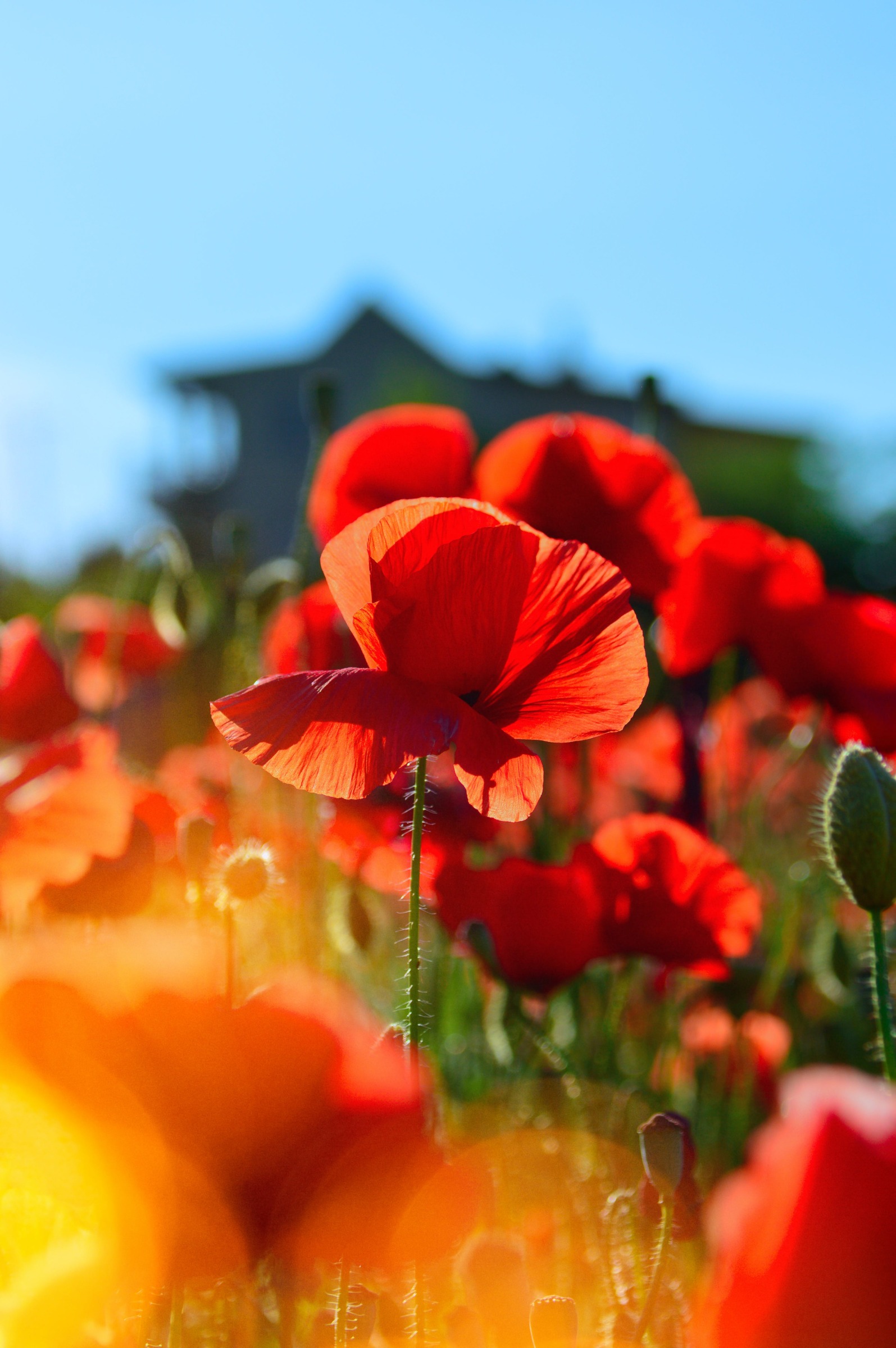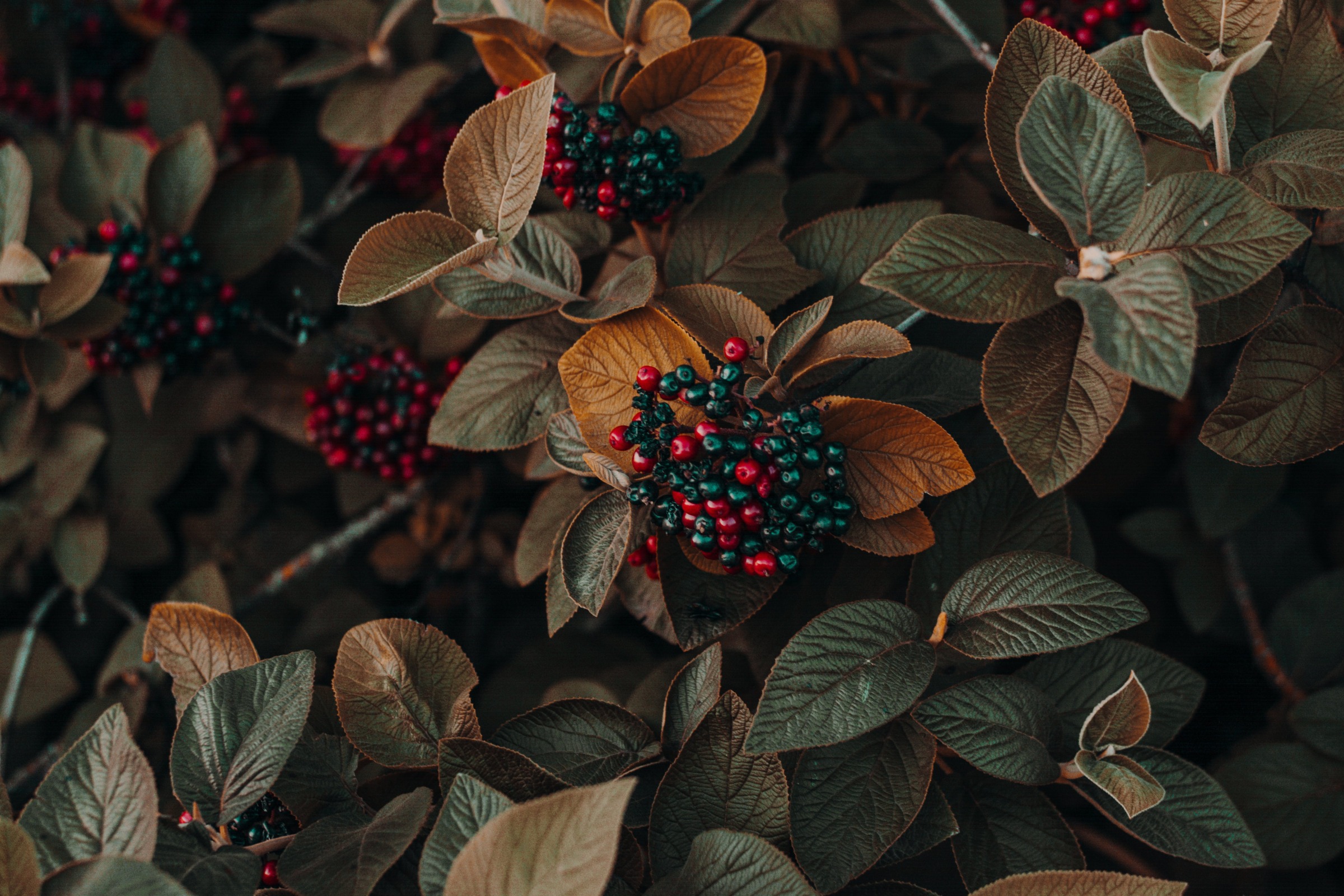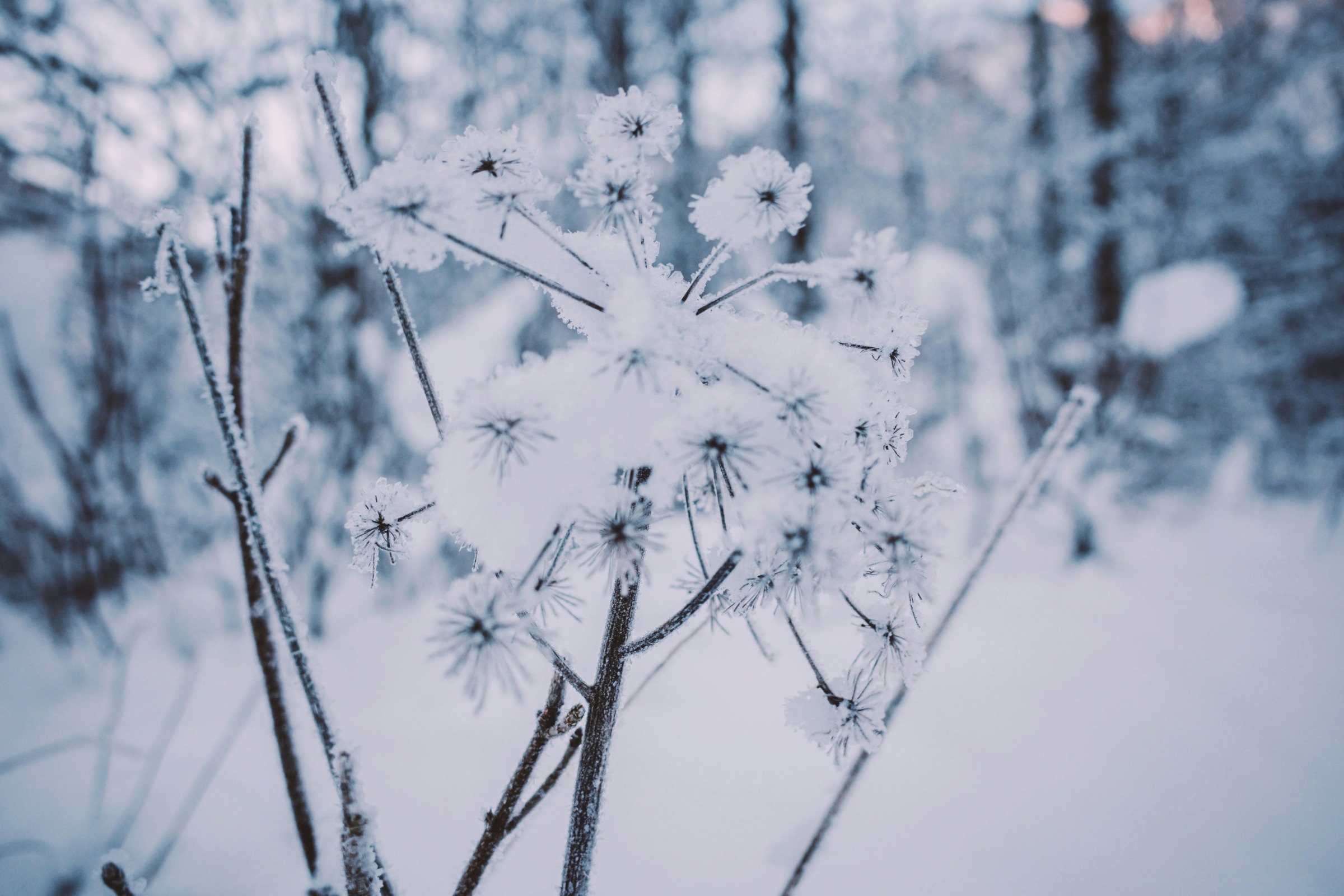Some of the most interesting epiphytic plants you can grow are staghorn ferns. Their fronds look like antlers and make a striking statement in any garden, indoors or out.
There are around 18 known staghorn fern species and cultivated varieties to choose from. While they share some care requirements, each has its own unique form and personality.
In this article, we’ll take a visual journey through 18 of the most popular staghorn fern types. For each variety, we’ll explore its distinctive features, origin, and growing habits along with useful care tips. Clear photos will help you identify key differences between these regal ferns.
An Overview of Staghorn Ferns
Before diving into the specific varieties, let’s cover some staghorn fern basics:
-
Epiphytes: Staghorn ferns are epiphytic plants, meaning they grow attached to other objects, not rooted in soil.
-
Dual frond types: All staghorns produce two kinds of fronds – shield fronds at the base, and branched fertile fronds that emerge above.
-
Native habitat: Most staghorn ferns hail from tropical forests in Africa, Asia, Australia, and the Americas. They thrive in warm, humid conditions.
-
Growing habits: Staghorns make excellent mounted specimens. Indoors, they can be affixed to plaques or grown in wire baskets with sphagnum moss.
Now let’s explore some of Mother Nature’s most majestic staghorn fern creations!
1. Platycerium Bifurcatum (Common Staghorn Fern)
The most popular and widely available staghorn fern variety is Platycerium bifurcatum, often called the common or elkhorn fern. This easy-to-grow species is native to Java, New Guinea, and eastern Australia.
Its gracefully arching fertile fronds can reach 2-3 feet long and are divided into multiple “antler tines.” The overlapping round shield fronds form a layered base in shades of green to tan. Offsets often grow from the rhizome, creating a lush colony.
![common staghorn fern][]
Image credit: Wendy Cutler via Flickr
2. Platycerium Superbum (Superb Staghorn Fern)
Many people think of Platycerium superbum as the “king” of staghorn ferns, and its fronds live up to its name. This type comes from eastern Australia and grows huge shield fronds that can be 4 feet across. It also has fertile fronds that are deeply forked and can grow to be several feet long.
Unlike some species, P. superbum usually produces a single magnificent rosette. When mature, it has an imposing, architectural presence.
![superb staghorn fern][]
Image credit: Kristine Paulus via Flickr
3. Platycerium Grande (Grand Staghorn Fern)
Hailing from the Philippines and Indonesia, Platycerium grande is fantastically grand in size. Its shield fronds stand erect, forming a tall, vase-shaped crown. Fertile fronds are elongated and gracefully arching, typically 3-4 feet long, lined with round sori patches where spores form.
Overall, this fern makes a strong statement by itself, living up to its noble name. It’s sometimes nicknamed the moosehorn fern.
![grand staghorn fern][]
Image credit: Kristine Paulus via Flickr
4. Platycerium Veitchii (Veitch’s Staghorn Fern)
Platycerium veitchii, or Veitch’s staghorn, is a silver beauty thanks to the dense white hairs coating its fronds. This protects the plant from intense sun in its native Australia. Fertile fronds are comparatively short, stiffly upright, and forked.
The shield frond base forms a striking silvery cone. P. veitchii stays more compact than other varieties, reaching just 1-2 feet across.
![Veitch’s staghorn fern][]
Image credit: Kristine Paulus via Flickr
5. Platycerium Hillii (Hill’s Staghorn Fern)
Hill’s staghorn fern features broad, paddle-shaped fertile fronds divided into lobes with gently wavy edges. Its shield fronds are rounded and overlap neatly. This Australian species remains relatively small, growing just 1-2 feet wide.
It’s easy to grow and more tolerant of occasional dryness. Hill’s staghorn makes a perfect choice for mounted indoor displays.
![Hill’s staghorn fern][]
Image credit: Kristine Paulus via Flickr
6. Platycerium Coronarium (Crown Staghorn Fern)
The aptly named Platycerium coronarium truly resembles a living crown or chandelier! Its massive shield fronds stand upright, while the slender, branching fertile fronds can cascade over 3 feet long.
This show-stopper hails from tropical Asian rainforests. When grown on trees outdoors, P. coronarium can achieve 8-10 feet across – a true sight to behold!
![crown staghorn fern][]
Image credit: Leonora (Ellie) Enking via Flickr
7. Platycerium Elephantotis (Elephant Ear Staghorn)
Perhaps the most uniquely shaped staghorn of all is Platycerium elephantotis, or the elephant ear staghorn. Native to Africa, this variety stays relatively small but has huge green shield fronds resembling its namesake.
The leathery, oval fertile fronds are erect or slightly arching and lightly divided at the tips. It makes a living sculpture!
![elephant ear staghorn][]
Image credit: Kristine Paulus via Flickr
8. Platycerium Andinum (Andean Staghorn Fern)
The only staghorn fern species native to the Americas is Platycerium andinum, from South America’s Andean cloud forests. Its fronds have a softly arching posture, not stiffly erect.
Shield fronds are rounded and overlap tightly. Fertile fronds are lightly forked and elegantly pendant, drooping downward as they mature.
![andean staghorn fern][]
Image credit: Kristine Paulus via Flickr
9. Platycerium Ridleyi (Ridley’s Staghorn Fern)
This Malaysian beauty, Platycerium ridleyi, makes a fascinating display. Its shield base forms a unique bowl-like structure, often housing symbiotic ant colonies. Short but ornate lobed fertile fronds stand upright.
The ridged, veined texture of its basal fronds is unmistakable. However, Ridley’s staghorn is notoriously challenging to cultivate outside botanical gardens.
![Ridley’s staghorn fern][]
Image credit: Kristine Paulus via Flickr
10. Platycerium Wandae (Wanda’s Staghorn Fern)
Recently discovered in New Guinea, the gargantuan Platycerium wandae has an unforgettable presence. Its sprawling fertile fronds can exceed 6 feet long! Coupled with its substantial shield frond base, mature plants are outrageously enormous.
This ultra-rare variety is seen mostly in specialty greenhouses. But given proper conditions, P. wandae makes the ultimate showpiece.
![Wanda’s staghorn fern][]
Image credit: Kristine Paulus via Flickr
11. Platycerium Stemaria (Triangle Staghorn Fern)
Native to Africa, Platycerium stemaria earns its nickname – the triangle staghorn fern – from its deeply lobed fertile fronds. Each frond divides multiple times into narrow, pointed segments that resemble a spiky chandelier.
This uniquely shaped variety enjoys bright light. Its relatively petite size makes P. stemaria perfect for indoor culture.
![triangle staghorn fern][]
Image credit: Kristine Paulus via Flickr
12. Platycerium Alcicorne (African Staghorn Fern)
Hailing from Africa and Madagascar, Platycerium alcicorne closely resembles the common staghorn fern but is more compact. Its deeply divided fronds give a delicate, lace-like look.
This forest dweller’s horizontally angled fertile fronds often grow in multiples, creating a layered, branching effect unique to this variety.
![african staghorn fern][]
Image credit: Leonora Enking via Wikimedia Commons
13. Platycerium Holttumii (Holttum’s Staghorn Fern)
Platycerium holttumii, from Southeast Asia, has an incredibly full, robust appearance. Its short but broad fertile fronds project stiffly outward like green fireworks. Meanwhile, the large shield frond base fans upward.
The imposing, architectural shape of mature Holttum’s staghorn specimens makes them a favorite for collectors.
![Holttum’s staghorn fern][]
Image credit: Kristine Paulus via Flickr
14. Platycerium Ellisii (Ellis’s Staghorn Fern)
Among the most refined staghorns is Platycerium ellisii, a delicate beauty from Madagascar. Its narrow fronds stand upright, repeatedly forking into slender “fingers.”
Ellis’ staghorn remains petite, under 1 foot wide. It forms a tight basal rosette of blue-green foliage. High humidity and bright indirect light keep it looking its best.
![Ellis’s staghorn fern][]
Image credit: Kristine Paulus via Flickr
15. Platycerium Willinckii (Willinck’s Staghorn Fern)
Named for Dutch botanist Willinck, this Indonesian fern is adored for its gracefully drooping fronds. The elongated fertile fronds of Platycerium willinckii hang downward and are divided into swaying segments.
Meanwhile, its shield base remains comparatively small. Willinck’s staghorn is a relatively manageable size for indoor cultivation.
![Willinck’s staghorn fern][]
Image credit: Kristine Paulus via Flickr
16. Platycerium Madagascariense (Madagascar Staghorn Fern)
Among the most uniquely shaped species is Platycerium madagascariense, which forms swollen cavities between its shield fronds to house symbiotic ants. Its short, stout fertile fronds are also very distinctive.
Overall, this rare oddity has an almost prehistoric look. It’s a collector’s prize native solely to Madagascar.
![Madagascar staghorn fern][]
Image credit: Leonora Enking via Wikimedia Commons
17. Platycerium Quadridichotomum (Four-Forked Staghorn Fern)
Another Madagascar inhabitant is Platycerium quadridichotomum, identified by its very finely branched fronds. True to its name, fertile fronds divide multiple times into four or more sub-fronds, creating a tangled silhouette.
It stays compact, under 2 feet wide, making an excellent mounted specimen. But its limited availability means few have had the chance to grow it.
18. Platycerium Angolense (Angolan Staghorn Fern)
Lastly, we have Platycerium angolense, or the Angolan staghorn fern. It inhabits rainforests and woodlands of tropical West and Central Africa. This variety bears upright to gently arching fertile fronds adorned with distinctly rounded sori.
Its shield base remains relatively small and tidy. Compared with many Asian species, P. angolense has an open, airy look while still displaying graceful “antlers.”
Find Your Perfect Staghorn Fern
Part of the fun of staghorn fern collecting is choosing new varieties to try. Whether you’re drawn to massive architectural forms or delicate trailing fronds, there’s a Platycerium perfect for you.
We hope these descriptions and photos have helped highlight the diversity found within this marvelous plant genus. Growing these living sculptures connects us to nature’s creativity and ingenuity.
Ask Your Gardening Question
If you’re unable to find the information you need, please submit your gardening question here:
Featured Articles by Season




Staghorn Ferns – Visually stunning and easy to grow!
FAQ
Are there different types of staghorn ferns?
There are 18 species of staghorn ferns in the genus Platycerium, which are epiphytic ferns from the polypod family (Polypodiaceae). They are mostly native to Africa, Australia, and Southeast Asia, and their leaves are said to look like the forked antlers of male deer or elk.
What’s the difference between an elkhorn and a staghorn fern?
They are quite easy to tell apart. Staghorns are the larger of the two, with a large frond at the front that curves outwards. As it falls from the rainforest canopy, they use this frond to gather food and water. The elkhorn is a smaller fern and has multiple rosettes of foliage.
What is the difference between Platycerium coronarium and Grande?
Mindanao is home to Platycerium grande, while Platycerium coronarium is more common and can be found from Luzon through Malaysia, Indonesia, and Thailand. Platycerium coronariums are bright green and have shield fronds that are lobed at the top.
Do staghorn ferns like sun or shade?
Staghorn Fern grows best in a space with bright indirect light, where the sun rays are diffused, and can also adapt to spaces with medium to low light. Avoid placing it in spaces without natural light or with direct sunlight.
What are the different types of staghorn ferns?
Here’s a look at some of the most popular varieties: 1. Platycerium bifurcatum This is perhaps the most well-known and widely grown species of staghorn fern. Native to Australia and New Guinea, Platycerium bifurcatum is relatively easy to care for, making it a great choice for beginners.
Are staghorn ferns a good houseplant?
Staghorn ferns are some of the most unique and beautiful houseplants you can grow. With their antler-like fronds, they make a striking statement in any indoor garden. There are around 18 different staghorn fern varieties to choose from, each with their own interesting features.
What is a staghorn fern?
Most of the time, “staghorn fern” and “elkhorn fern” mean the same thing. However, elkhorn ferns are used for plants with thinner fronds. P. bifurcatum is the species that is grown as an ornamental plant the most, probably because it is the easiest to care for. It comes from the rainforests of Java, New Guinea, and southeastern Australia.
Are staghorn ferns a bromeliad?
The plants known as staghorn ferns include the 18 species in the Platycerium genus plus many hybrids and varieties of those species. Like most bromeliads and many orchids, staghorn ferns are epiphytes. This means that they often grow in trees above the ground and do not need to be in contact with the soil.
Where do staghorn ferns grow?
If you’re looking for a unique and captivating staghorn fern variety, look no further than the Andean staghorn fern, also known as Platycerium andinum. This stunning plant is native to the Andes mountains of South America, where it grows on trees and rocks in cool, damp forests.
How big does a staghorn fern get?
This type of staghorn fern can grow up to 2 feet tall and wide, with long antler-like fronds that give it its distinctive “stag horn” appearance. One of the most unique features of the African staghorn fern is its ability to change color based on how much light it receives.
